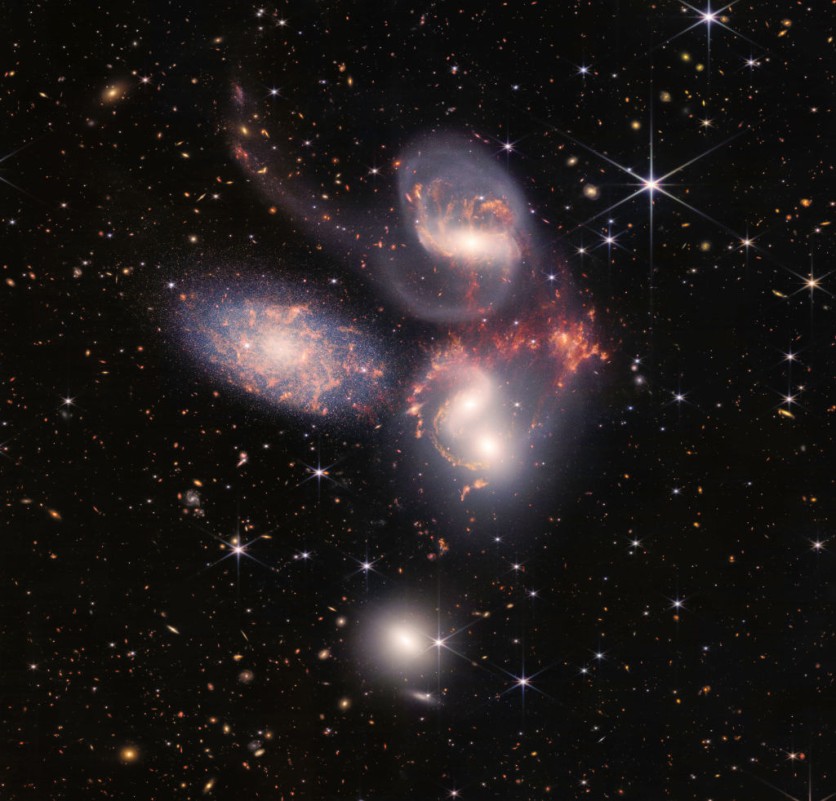The seemingly unattainable has been uncovered by an international team under the direction of a Swinburne University of Technology researcher.
They have seen huge candidate galaxies at the beginning of time with masses up to 100 billion times that of the Sun using the potent James Webb Space Telescope. If these galaxies are confirmed, they would contain more mass than was previously believed to exist in the entire Universe.

Enormous Magnitude
According to lead researcher Associate Professor Ivo Labbé of the Swinburne University of Technology, astronomers have never seen galaxies of this enormous magnitude this early on after the Big Bang.
"The six galaxies we found are more than 12 billion years old, only 500 to 700 million years after the Big Bang, reaching sizes up to 100 billion times the mass of our sun. This is too big to even exist within current models," Labbé said in a press release statement.
The James Webb Space Telescope, which was launched in December 2021 and has been in operation since July 2022, was used to identify some of the galaxies through its initial observations.
"The revelation that massive galaxy formation began extremely early in the history of the universe upends what many of us had thought was settled science," Joel Leja, assistant professor of astronomy and astrophysics at Penn State, said in a statement.
"We've been informally calling these objects 'universe breakers' - and they have been living up to their name so far."
Read Also : NASA's James Webb Space Telescope Catches an 'Asteroid Photobomber' Roughly the Size of Rome's Colosseum
In Conflict with Cosmological Models
The team's newly discovered galaxies, according to Leja, are so large that they conflict with 99% of cosmological models.
The cosmological models would need to be changed in order to account for such a massive quantity of material, or the scientific theory of galaxy formation in the early universe, which says that galaxies began as small clouds of stars and dust and progressively got larger over time.
Leja noted that both scenarios call for a fundamental change in how we think about how the universe came to be.
The first spectroscopic data and full-color photos from the James Webb Space Telescope were made public by NASA on July 12.
Webb was built to view objects that are too faint, far away, or ancient for the Hubble Space Telescope to see.
The study relied on some of the first images taken by Webb in July 2022 as part of the Early Scientific Release Program CEERS, with imaging processing by Dr. Gabriel Brammer from Niels Bohr Institute's Cosmic Dawn Center at the University of Copenhagen.
The new findings were published in the journal Nature.
Related Article : 'New Era in Astronomy': NASA James Webb Space Telescope's New Stunning Images and The Stories Behind Them





